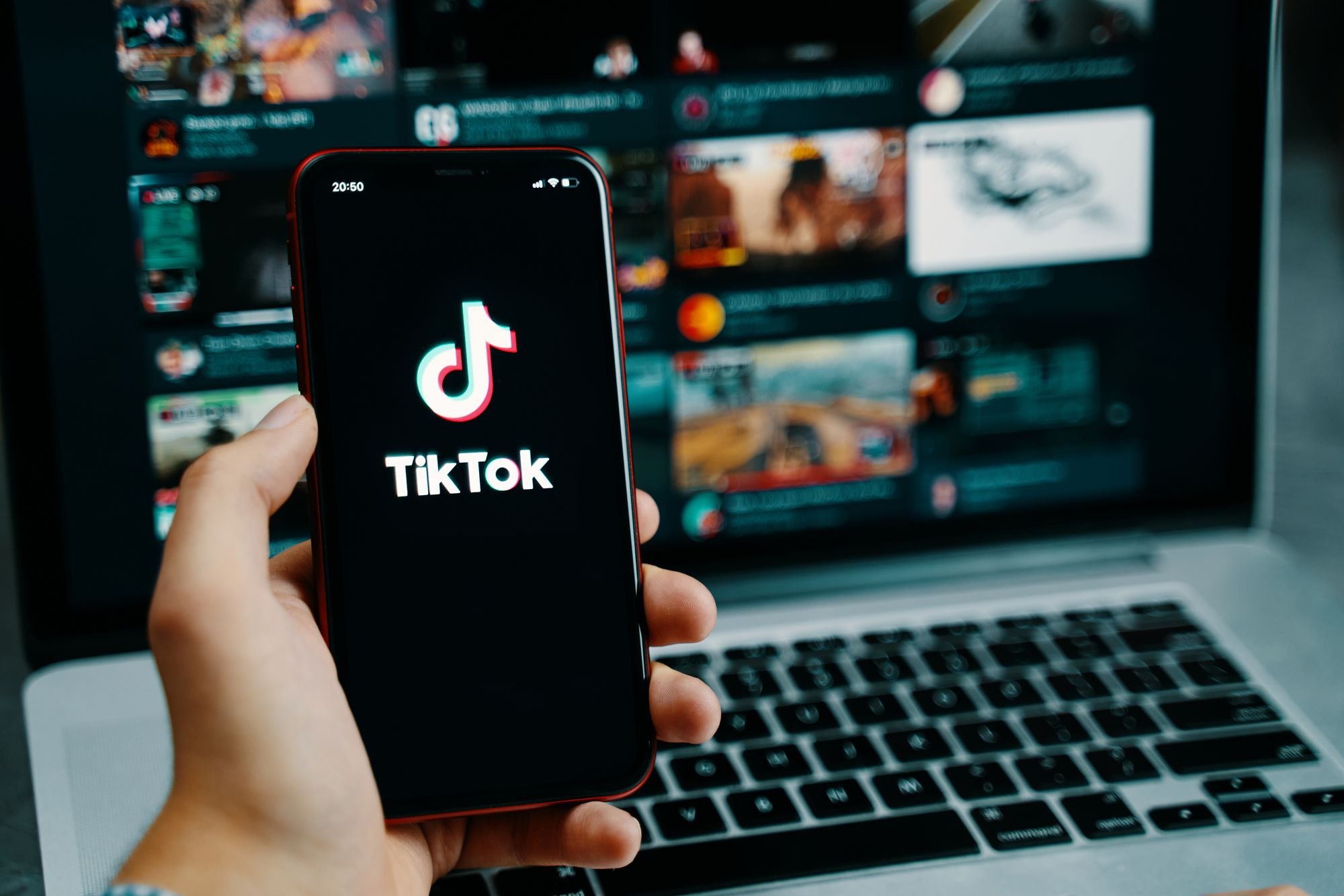Tweet or Twat: Will Elon Musk’s X see Trial or Triumph?
Photo illustration by Slate. Photos by Patrick Pleul/Pool/AFP via Getty Images and Twitter.
July saw some of the world’s biggest social media companies wrestle and tussle with new service offerings as they try to upend Elon Musk’s Twitter, or shall we say “X” under the new rebrand.
It’s been less than a year since Musk took over Twitter on 28 October 2022 and the journey has been erratic to say the least. Fidelity recently reported that Twitter’s valuation has fallen by 66%; Musk also tweeted that Twitter’s advertising revenue has plunged by about 50%, with overall traffic declining steadily since January, falling by 5.8% as of June.
While Twitter seeks to steady its ship with the appointment of new CEO Linda Yaccarino, the company now has more to worry about as it looks beyond the bow.
THREADS
Photo illustration by Dado Ruvić/Reuters
Threads is Meta’s foray into the battleground and Mark Zuckerberg’s attempt at usurping Twitter’s control in the short-form social media market. The application went online on 5 July 2023, reaching over 100 million users in less than 5 days. It broke ChatGPT’s record as the fastest platform to reach one million active users. However, criticisms were abound about users being inorganically pulled into downloading the app through prompts on Instagram. To add further furore, users who signed up for an account through their Instagram cannot delete their Threads profile without losing their Instagram account. Meta is reportedly working on a fix for the future but the only solution at present is a deactivation function that hides your profile and content,
Latest reports have seen the number of active users drop drastically since launch, raising doubts about whether the platform will actually have the longevity and tenacity to build on its early success. Some are also speculating the current situation affirms that their initial hit was a mere result of their Instagram-linked sign-ups.
Perhaps Meta saw “an opportunity” to pounce on the market following the controversies at Twitter since Musk’s takeover and rushed to push out an unfinished product that failed to impress. The verdict is still out on whether Threads will eventually be successful, but its features and designs do not offer anything that proves a head-turner compared to what Twitter currently does.
However, anyone with an existing Instagram account will enjoy the ease of porting over their existing followers and people they follow onto Threads. This function will be particularly helpful for brands and organisations to not have to rebuild their community of followers from the ground up, and also enjoy the ease of using Meta’s Business Suite across its social media platforms.
TIKTOK
Photo illustration by Shutterstock
TikTok joins the fight to replace Twitter with the launch of text-only posts on 24 July. Unlike Meta, this new feature is fully integrated onto the existing platform, taking advantage of its already large user base. The new function is similar to text features on Instagram stories and may not be substantially different or revolutionary enough for users to see it as an alternative to Twitter. After all, TikTok’s niche is still built on short-form videos with a large focus on entertainment compared to the discussion and conversational focus of Twitter. However, it may be a welcomed content tool used to create shorter-form status updates and comments to bridge a gap in engagement that was only previously available on other social media platforms.
Over the years, TikTok has enjoyed great success in building an active community for Gen Z, with users twice as likely to recommend something they found on the platform compared to other social channels like Facebook & Instagram. The statistical difference demonstrates a more intimate and connected space between users on TikTok.
X-ing The Competition
Photo illustration by Joel Saget/AFP/Getty Images
Twitter’s reaction to its competitors’ new features came out of left field. On 24 July, the social media network launched its new “X” logo, replacing the familiar blue bird design that had represented Twitter for 11 years. The sudden change followed Elon Musk’s aim to turn the platform into an all-inclusive application similar to China’s WeChat. But is Elon Musk’s Twitter rebrand a shot in his own foot?
Users and the general public have not responded well to the shift as many lament the loss of the iconic bird logo as well as the use of the word “tweet”, which has culturally become a verb for many over the years.
Beyond the initial abrupt layoff of its employees, glorification of overwork, blue ticks controversy, and Musk’s spasmodic tweets, Twitter’s branding and the values it represents are no longer clear. The many changes have not only cultivated a fear of misinformation on the social network, but Twitter has become severely entangled with Elon Musk the personality, who often speaks too candidly and antagonistically to the mainstream. With all the changes Musk has implemented since the takeover, one can’t help but ask if his public engagements thus far are mere PR stunts to sustain and build upon his tremendous sphere of influence as he prepares for the launch of his next big idea. Like it or not, the resulting negative press has permeated into the Twitter brand itself and perhaps Musk would see improvements if he lets the dust settle quietly before he conjures his next storm.
Ultimately, will this change add further problems to the current advertising crunch Twitter is facing? Or is this the painful rebuild Musk seeks in order to birth a new superpower app in its place? Time will certainly tell but if there’s anything, as long as the demand for short-form text media exists and the lack of strong competition, users will stay in the Twitter comfort zone for now.




